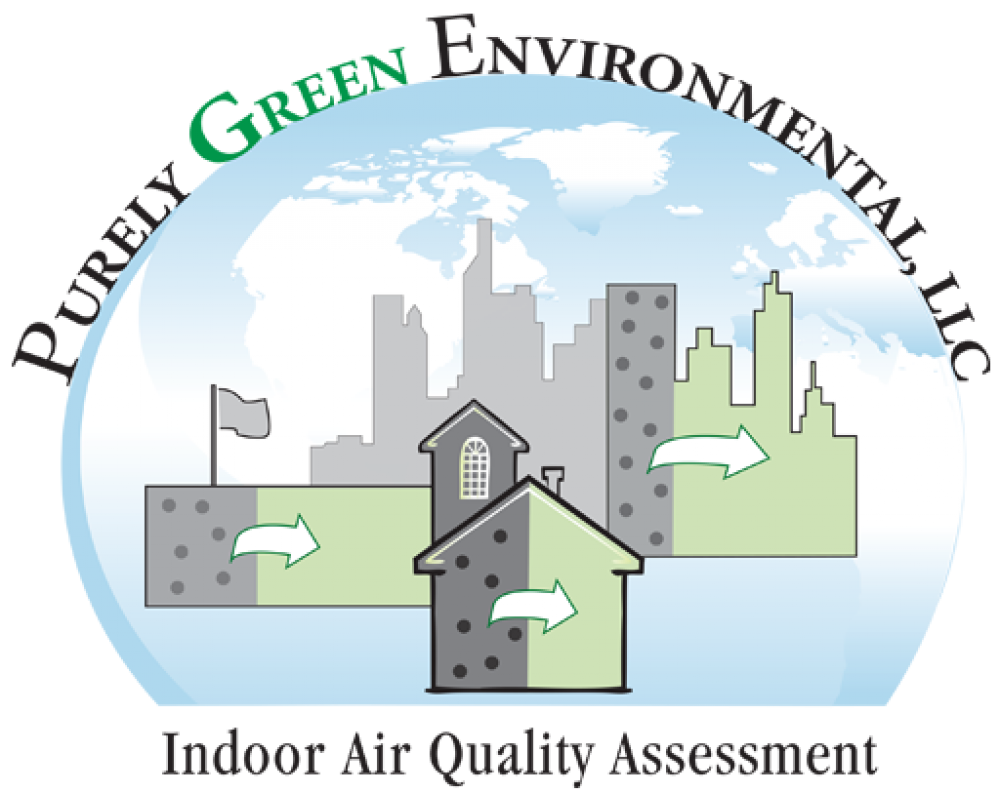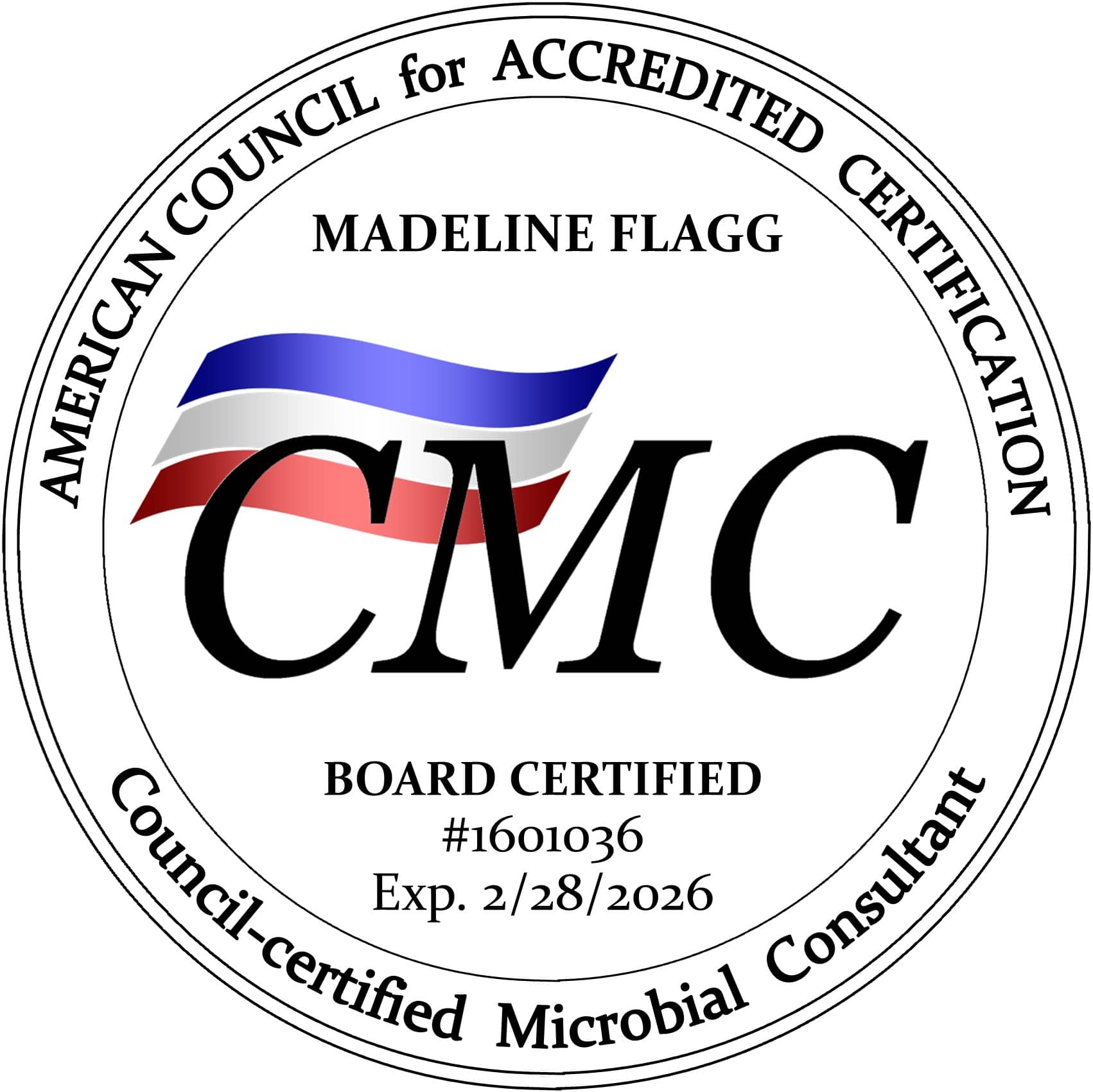Mold, a persistent intruder in many households, can bring about health concerns and structural issues if left unchecked. Recognizing the various types of mold that commonly take root in homes is essential for effective prevention and management. That’s why this month, your local Boston mold expert at Purely Green Environmental is diving into five prevalent household mold types, their formation factors, and tips for identifying them.
Stachybotrys (Black Mold)
Stachybotrys, known as black mold, often strikes fear due to its reputation for producing mycotoxins harmful to human health. It thrives in excessively damp and humid environments, typically where water damage has occurred. Black mold appears dark green or black, and its texture can range from slimy to powdery. Identifying black mold involves observing its distinctive color and texture and noting its location in areas with moisture issues, such as bathrooms, basements, or rooms with leaks.
Penicillium
Penicillium mold is recognizable by its rapid growth and variety of colors, including blue, green, white, and pink. This mold type flourishes on decaying organic materials, water-damaged items, and even food. Penicillium growth often leads to a fuzzy appearance, and it can release mycotoxins that may lead to allergies or respiratory problems. To identify Penicillium, look for its multicolored patches on surfaces and its tendency to grow in places with moisture and organic matter.
Aspergillus
Aspergillus is a diverse mold genus with species ranging from harmless to potentially harmful, particularly for those with compromised immune systems. It grows in warm and damp conditions, frequently colonizing on organic materials like household dust, building components, and food. Aspergillus can have various colors, including green, yellow, and brown, with a powdery texture. Identifying Aspergillus involves noting its growth in areas with high humidity or moisture issues, as well as its characteristic colors and textures.
Cladosporium
Cladosporium is a versatile mold type that adapts to a range of conditions. It typically presents as olive-green to brown with a suede-like texture. Cladosporium is often found on surfaces like fabrics, carpets, wood, and even plant materials. While not as harmful as some other molds, it can still trigger allergies and respiratory issues. To spot Cladosporium, watch for its characteristic appearance on surfaces and areas with inadequate ventilation.
Alternaria
Alternaria mold commonly inhabits damp areas such as showers, sinks, and window frames. It’s recognizable by its dark color and fuzzy texture. Alternaria is a known allergen and can exacerbate asthma symptoms. Identifying Alternaria involves observing its growth in moisture-prone regions and recognizing its distinct appearance.
Purely Green Environmental | Boston Mold Expert
An inspection is the best way to bring peace of mind and ensure the members of your household are safe and healthy. If you’re in need of an inspection or are concerned about mold in the home, we encourage you to reach out to our Boston mold experts today.
Follow us on Facebook for the latest updates or call (603) 886-0345 to schedule an inspection today.




